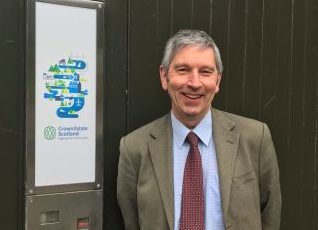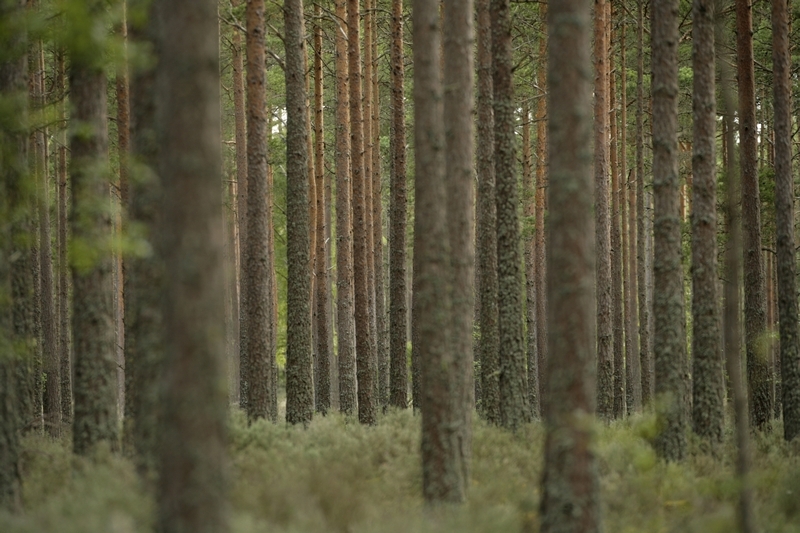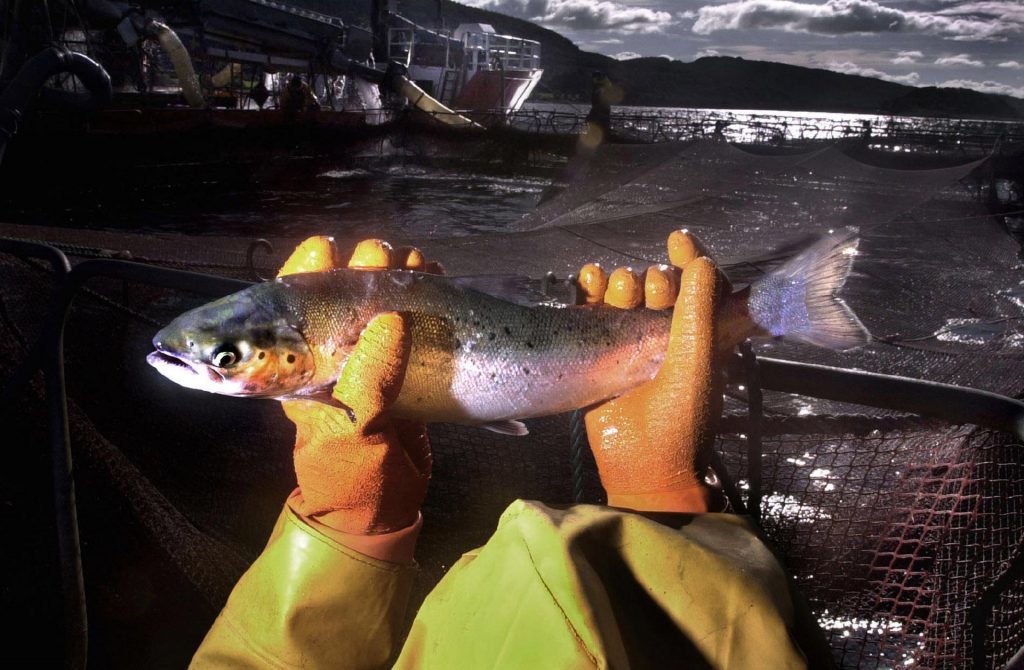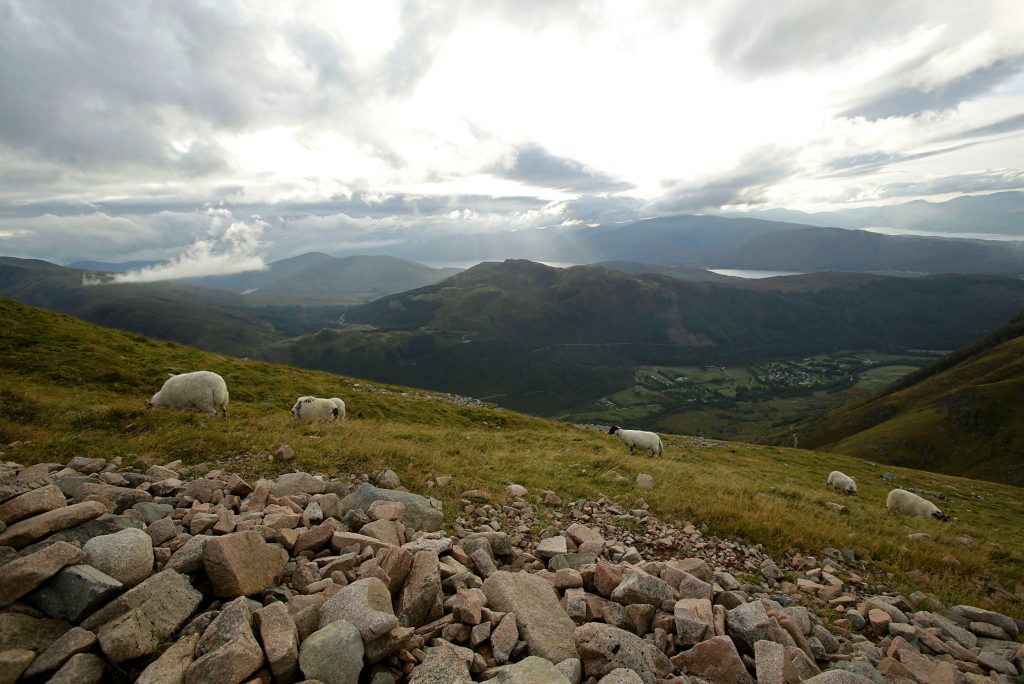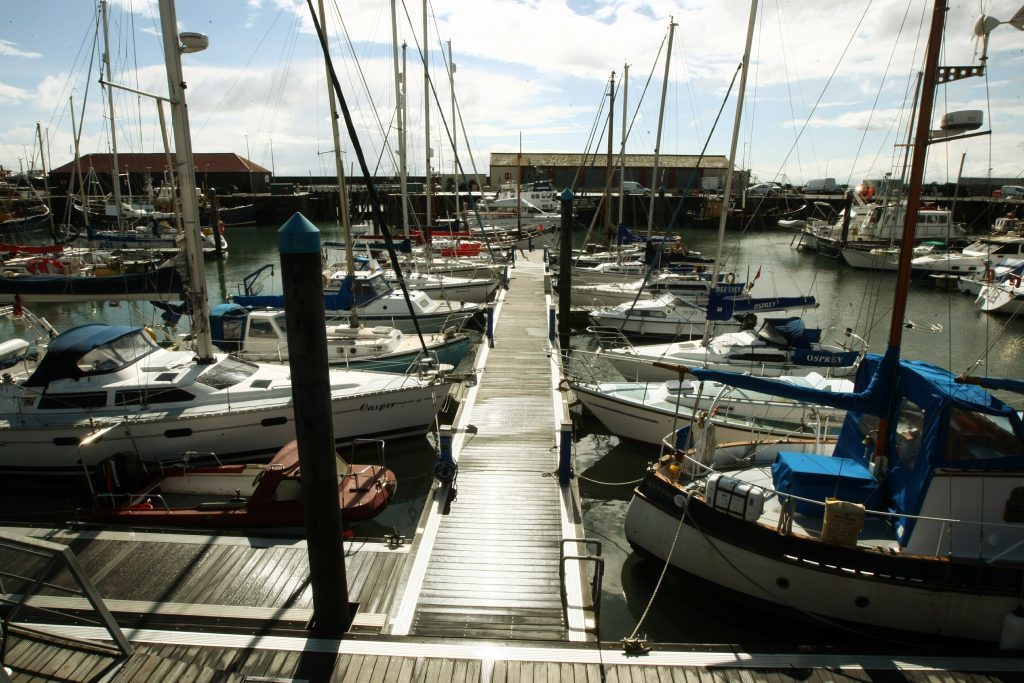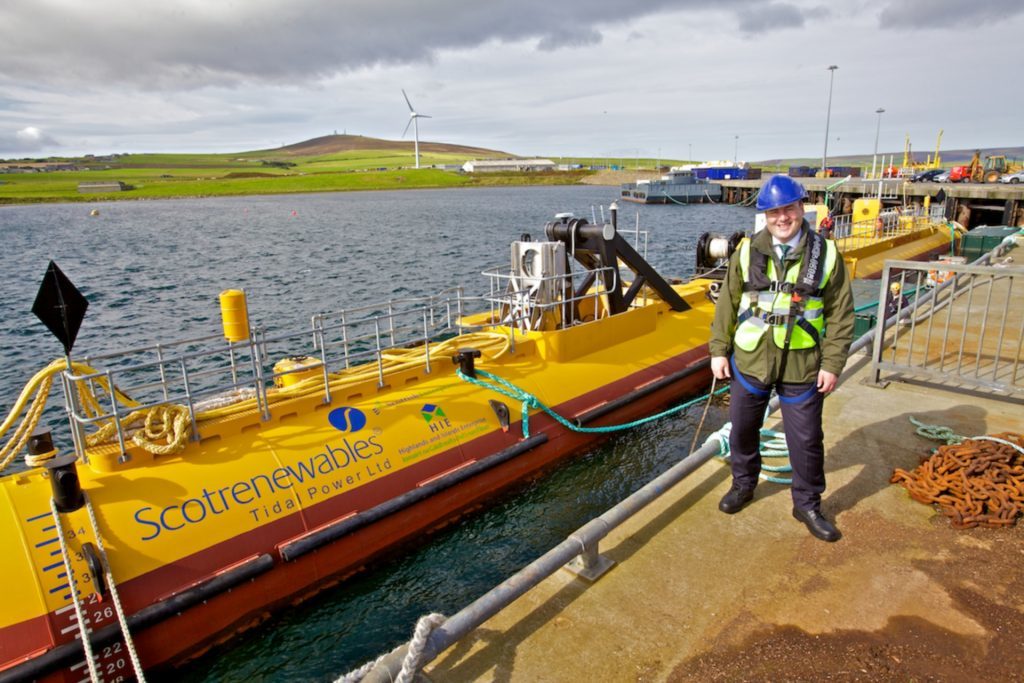With just weeks until a pilot scheme is launched inviting communities to manage land and coastline, Michael Alexander speaks to the newly appointed Crown Estate Scotland chief executive Simon Hodge.
The last few weeks have been an “emotional roller coaster” for Simon Hodge.
Not only is he about to head off to South Africa where his daughter is imminently due to give birth to his first grandchild at the time of this interview – his son recently got engaged too.
However, it’s the “excitement” of taking up his role as the new chief executive of Crown Estate Scotland at the start of April, that has prompted a chat with The Courier to discuss his appointment and what he hopes to achieve.
Simon, previously chief executive of Forest Enterprise Scotland, now heads up the 38-strong team responsible for managing Crown-owned assets that stretch the length and breadth of Scotland, including agricultural and forestry land, most of the seabed, just under half of the foreshore and some retail and office property.
Those assets, owned by the Crown, and managed on behalf of Scottish Ministers since being devolved last year, include 37,000 hectares of rural land on four rural estates (Glenlivet, Fochabers, Applegirth and Whitehill); leasing of virtually all seabed out to 12 nautical miles covering some 750 fish farming sites; and the rights to offshore renewable energy and gas and carbon dioxide storage out to 200 nautical miles.
The business works with tenants and organisations in sectors such as offshore renewables, agriculture, forestry, and aquaculture as well as ports and harbours, to ensure the land and property is developed and managed in a way that supports tenants and delivers wider public benefits.
But as he gets his feet under the table to understand what assets are out there and how they can further contribute to the public purse, a longer term aim is to work out how management of the assets can deliver environmental, social and economic benefits to Scotland in terms of job creation and economic growth.
“I want to see our total contribution to Scotland grow substantially and I think these assets have huge potential,” he says.
“We will also focus on how we can grow the economic and social benefits around Scotland – particularly in the more fragile rural areas which is where perhaps we can offer the greatest opportunities.
“One aspect of that going forward is not presuming that we should be the sole manager of these assets but as the Scottish Government is exploring through legislation at the moment, are there opportunities to work with others or to assign the management of some of these assets to local communities and to make an even bigger difference?”
With the estate operating under interim management since the powers over it were devolved to Scotland in April 2017, the Scottish Government introduced a bill to parliament in January which set out how it intends to reform the Crown Estate in Scotland.
With the total value of the Scottish Crown Estate’s assets estimated at £275.7 m last year, and with an approximate gross annual revenue of £15 m, a pilot scheme which launches in June, will create opportunities for communities and councils across Scotland to apply to manage assets to help them deliver projects that boost local economies or the environment.
The scheme – which will stress the importance of applicants consulting locally especially with existing tenants – aims to give communities more say and influence over what happens in their area.
“Some of the early discussions have been around the island local authorities – Orkney, Shetland, Western Isles – where there has been a huge amount of interest in the management of the marine environment and the shoreline,” explains Simon.
“Many of the more remote rural communities have aspirations to develop marinas and moorings to attract more boat based tourism to their areas.
“There’s an active discussion around seaweed, believe it or not, as potentially a sustainable resource for production of natural compounds – also potentially bioenergy.
“So there’s a lot of discussions to be had about how we can unlock that potential and how we can work with local communities and local authorities to best do that.”
Originally from Devon, Simon moved into farming after school before being “lured” into forestry from that.
He has worked in Scotland for 23 years in various roles including managing fairly big chunks of the national forest estate in Argyll.
He sees a lot of parallels between his old job as chief executive of Forest Enterprise Scotland and his new role.
And there’s never been a more relevant time to be leading on environmental issues.
“Scotland is just world class in terms of its environmental qualities,” he adds.
“What can natural resources actually bring to Scotland PLC in terms of green jobs, in terms of sustainable communities?
“It’s really exciting to be getting involved with a range of jobs that are very relevant to that and particularly in relation to rural communities where every contribution in terms of economic and social value really makes a big difference.
“Scotland’s leadership on the environment is not just rhetoric. It’s already being recognised around the world.”
